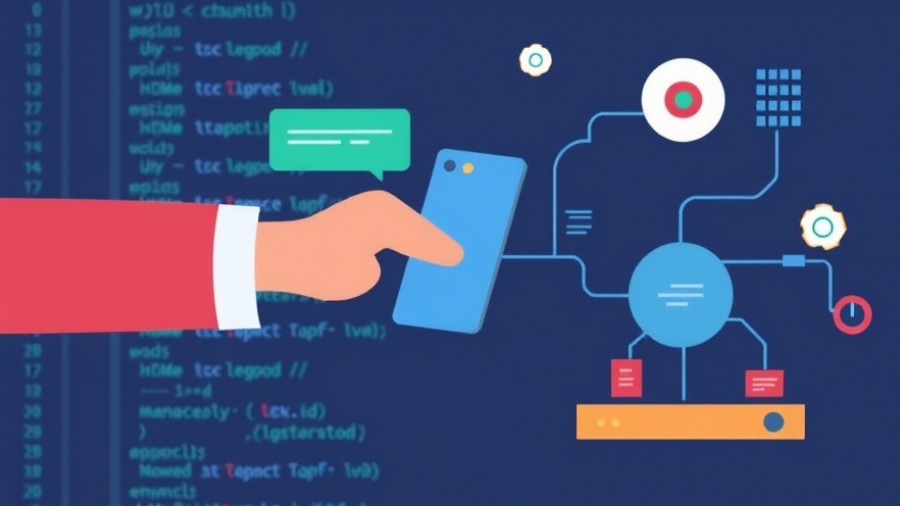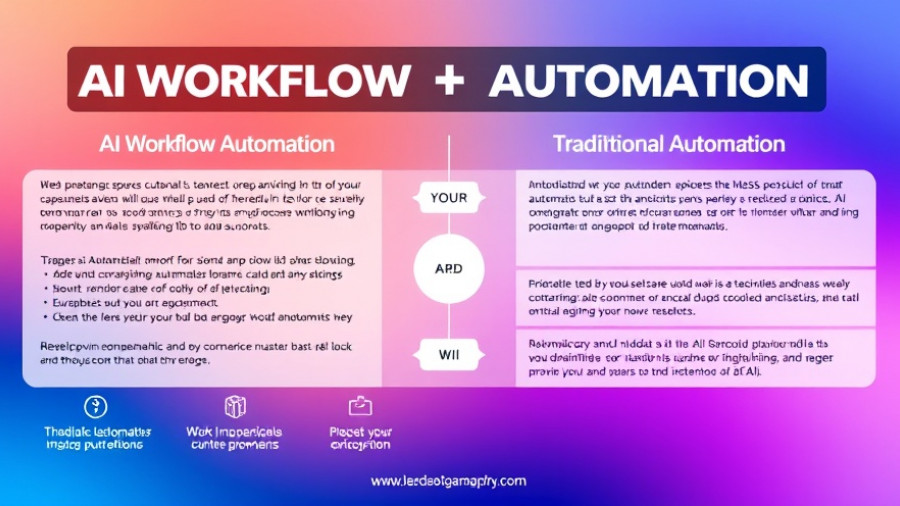
Understanding the Essence of Jar Label Design
When it comes to product branding, the label is often the unsung hero. A jar's label holds significant potential to communicate not just the brand identity but also the values and quality of the product inside. In today’s marketplace, where consumers are bombarded with choices, creating a distinctive label design can often make or break a brand’s success. From minimalist designs that emphasize simplicity to luxurious embellishments that evoke sophistication, the aesthetic choices surrounding jar labels are critical in establishing a brand's presence on shelves.
Building a Visual Identity: The Importance of Branding
Branding services are pivotal for small businesses aiming to carve a niche in their respective markets. Visual identity, of which label design is a critical component, enables brands to tell their story succinctly. A well-crafted label is not merely decorative; it functions as an ambassador, engaging the target audience and inviting them to connect emotionally with the product. Through the effective use of colors, typography, and imagery, brands can convey their unique value propositions and cultivate loyalty among consumers.
Crafting a Unique Value Proposition through Design
The digital age has shifted consumers’ expectations, making it essential for brands to articulate their unique value proposition clearly. Jar labels serve as a canvas to communicate a brand’s mission—their dedication to sustainability, quality, or heritage, for example. In addition, brands can utilize storytelling techniques in marketing to engage customers by weaving narratives around their products. Every aspect of the label can play a role in how a consumer perceives the brand—whether through a clever tagline, striking graphic, or even the texture of the label itself.
Practical Tips for Effective Jar Label Design
1. **Know Your Audience**: Conduct target audience analysis to understand the demographics that resonate with your product. This understanding will inform your design choices significantly.
2. **Consistency is Key**: Ensure visual identity consistency with other branding elements, including your website and social media platforms. A cohesive look builds trust and recognition.
3. **Utilize Quality Materials**: The tactile experience can enhance perceptions of luxury and quality. Opting for high-quality printing and material can elevate the overall design.
4. **Iteration and Feedback**: Before finalizing a design, seek feedback through A/B testing methodologies. Understanding what resonates with consumers can refine the final outcome significantly.
Trends to Watch in Jar Label Design
The future of jar label design looks promising, with trends leaning toward sustainability and customization. Technologies like AR (Augmented Reality) and AI are beginning to surface within the branding landscape, enabling brands to engage consumers in innovative ways. By integrating interactive components, brands can offer experiences that go beyond purchase, fostering a deeper connection with consumers.
Conclusion
As we stride deeper into the digital age, the need for impactful brand identity through effective design is more crucial than ever. Whether you're looking to revamp your branding strategy or explore new avenues for engagement, investing time in your jar labels can yield substantial dividends. For businesses keen on excelling in their marketing strategies, embracing the artistry and functionality of jar label design is undoubtedly a step worth taking.
Call to Action: Consider evaluating your brand’s current visual identity and how it translates through your packaging, especially jar labels. What story does your label tell? How can it be improved to enhance engagement with your audience?
 Add Row
Add Row  Add
Add 




Write A Comment